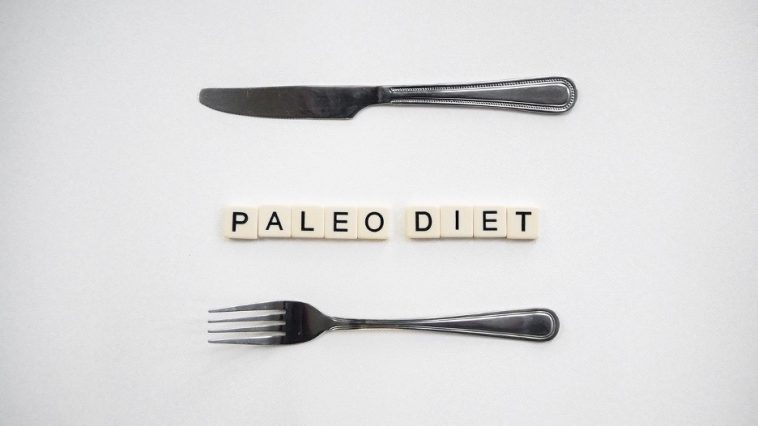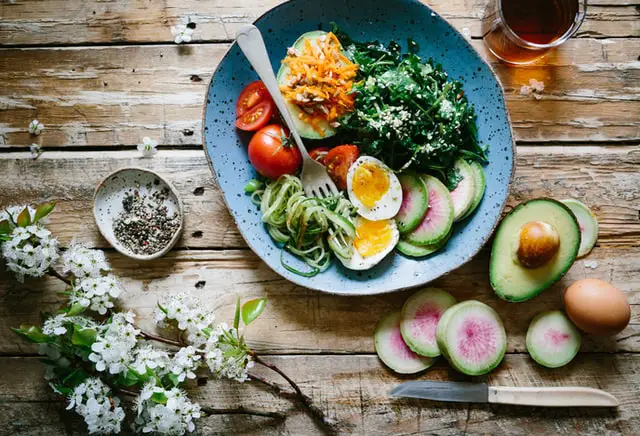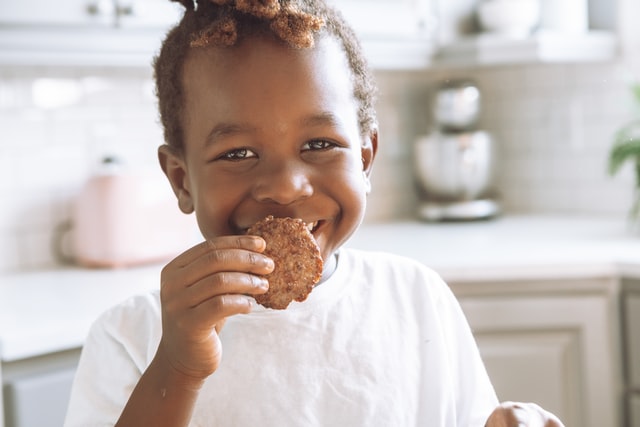One of the most popular diets in recent years is called the Paleo diet, and it focuses on healthier eating habits. This diet excludes dairy, grains, legumes, and sugar, and focuses on food that consists of organic proteins like wild-caught fish, grass-fed beef, and nuts.
Even though many parents have already started to adopt this diet, there are still some who question whether this is a healthy diet for their kids. We’ll give you a little insight into the Paleo diet for kids so that you can decide if you can implement it as a healthy option for the healthy development of your children.
What is the Paleo diet?
The Paleo diet is a healthy way of eating, originating from the Paleolithic Age, and is also known as the cavemen diet. Going paleo means to eat only the food our ancestors ate during the Paleolithic Age. This way of eating became popular in recent years since many people have started to use it to combat chronic diet-and-lifestyle diseases like fatty liver and type-2 diabetes.
Even though there is not much research on whether it is completely safe for kids, parents still decide to apply it to their child’s daily diet to avoid obesity and chronic diseases like the ones mentioned above. As people are eating more processed food day-by-day, this means people are trying to adopt a healthier diet for themselves and their kids by using the Paleo diet, to improve their overall health and avoid unnecessary health problems later on.
What are the benefits of the Paleo diet for kids?
Children nowadays consume a lot of added sugar and sodium, developing cardiovascular disease, obesity, and high blood pressure. Helping them cut back on refined sugar and processed foods can reduce the risk of those diseases and improve their health. However, encouraging them to eat more unprocessed food and avoid unhealthy oils can be quite a challenge.
Kids can be picky eaters and they are likely to limit the type of food they’re eating out of preference, so attempting to restrict their diet by adopting a Paleo diet may backfire. The 2020-2025 edition of Dietary Guidelines for Americans, recommends that children aged 2 years or older should follow a healthy eating pattern including fruit and veggies, whole grains, proteins, fat-free and low-fat dairy products, and oils.
But, if you want to avoid added sugar, solid fats, and reduce sodium intake, it might be better to adopt the Paleo diet. When parents do it, their children will follow since they imitate everything their parents do. Being on a Paleo diet with your child will also encourage and help them maintain a healthy diet later on in life.
What are the downsides of the Paleo diet?
There is still no research that proves the Paleo diet is bad for your child, the only downsides you can encounter are the fact that this diet is expensive, time-consuming to prepare, and deficient in some key nutrients. For example, wild-caught fish and grass-fed meat can be quite expensive, so if you plan to do this diet long-term it might be difficult to follow on a budget. Also, prepping your food can take up too much time, and it may be very difficult for people who lead a busy lifestyle.
When it comes to nutrient deficiency, the Paleo diet can restrict some foods that are great sources of vitamin D, calcium, and B-vitamins which are important for their growth and development. To avoid this you can consider using plant-based nutrition drinks as a milk alternative that will provide vitamins that you cannot get from dairy since the Paleo diet doesn’t consist of dairy products.
Children might feel deprived. Being on a Paleo diet at home might feel easy once you get the hang of it, but what happens when your child goes to a birthday party and is feeling excluded and resentful that they cannot enjoy the cake or some other snacks at the party? There is a long list of foods that are not allowed in Paleo, so, a reasonable solution would be to allow them choices and freedom when they are elsewhere.
Final thoughts
Teach your kids to eat more fruits and veggies and less processed food, so they can develop and maintain a healthy diet throughout their life. Instead of making them feel deprived, and labeling foods as “bad” or “good”, try using words like “healthy” and always talk to your doctor if you think your child needs a change of diet. Kids should be able to choose the food they want to eat, to keep them energized and satisfied for longer.






